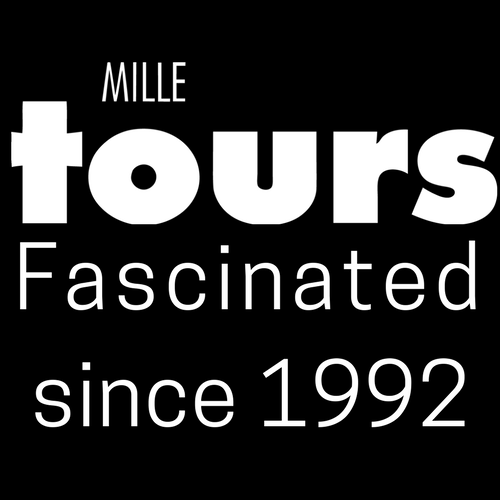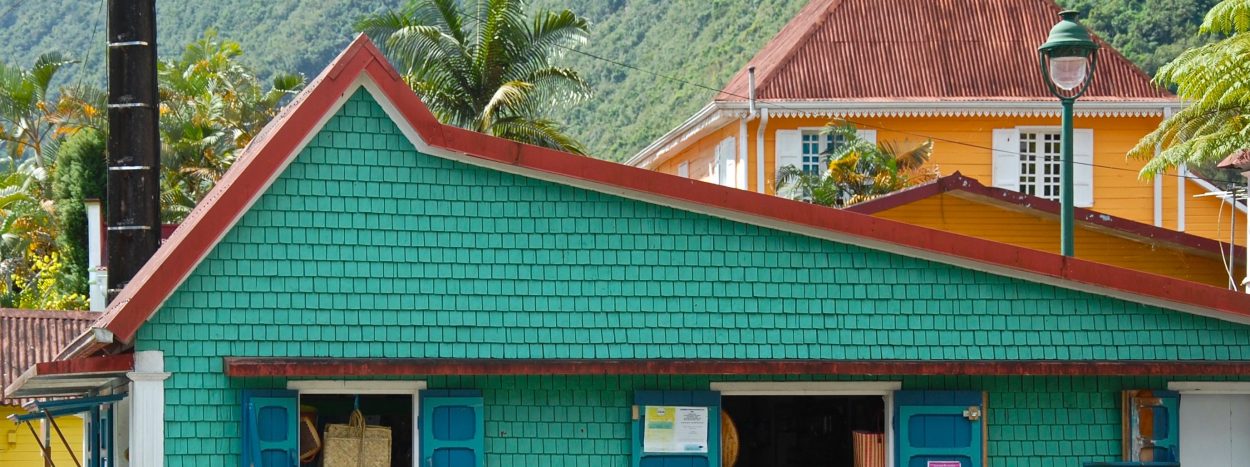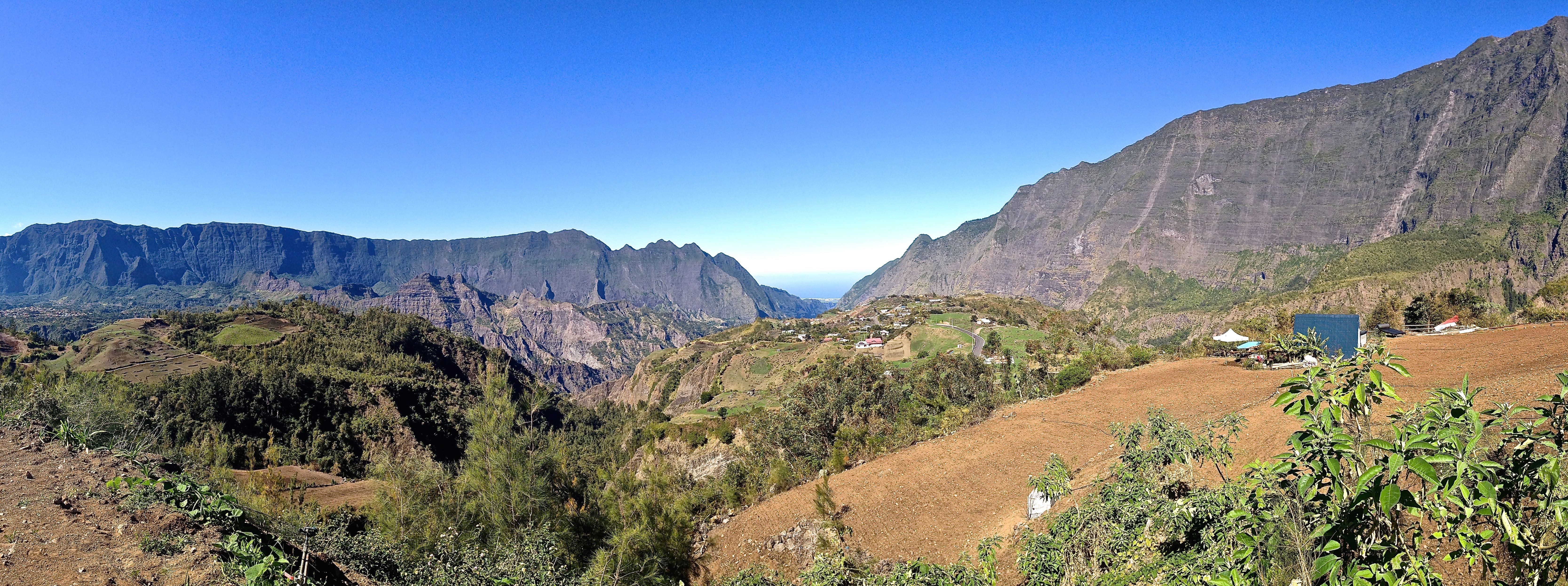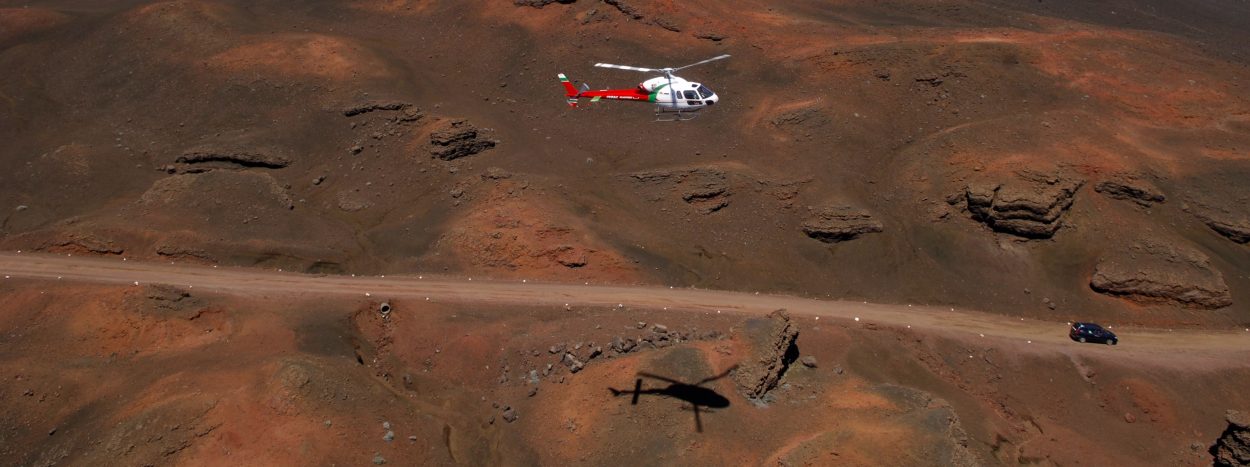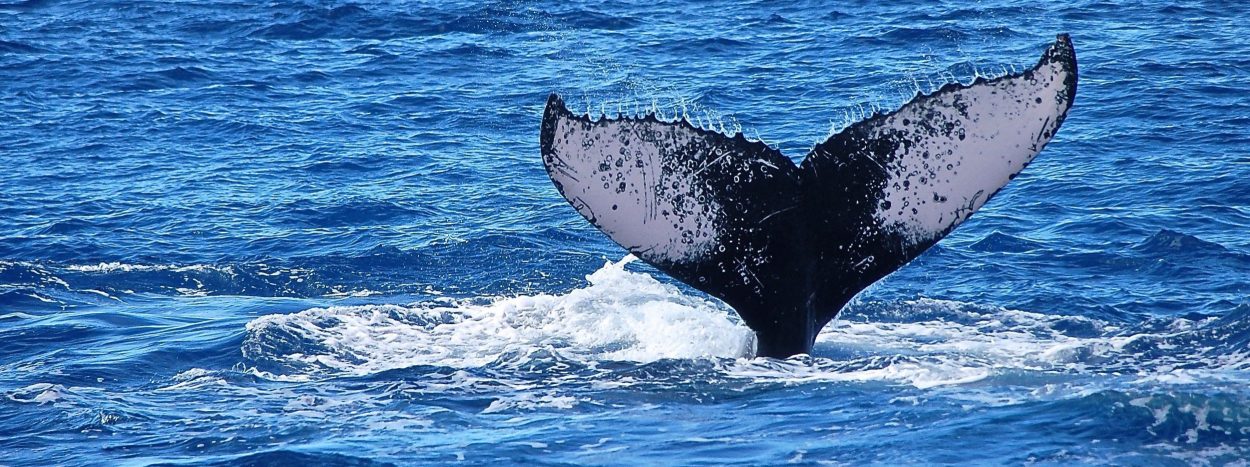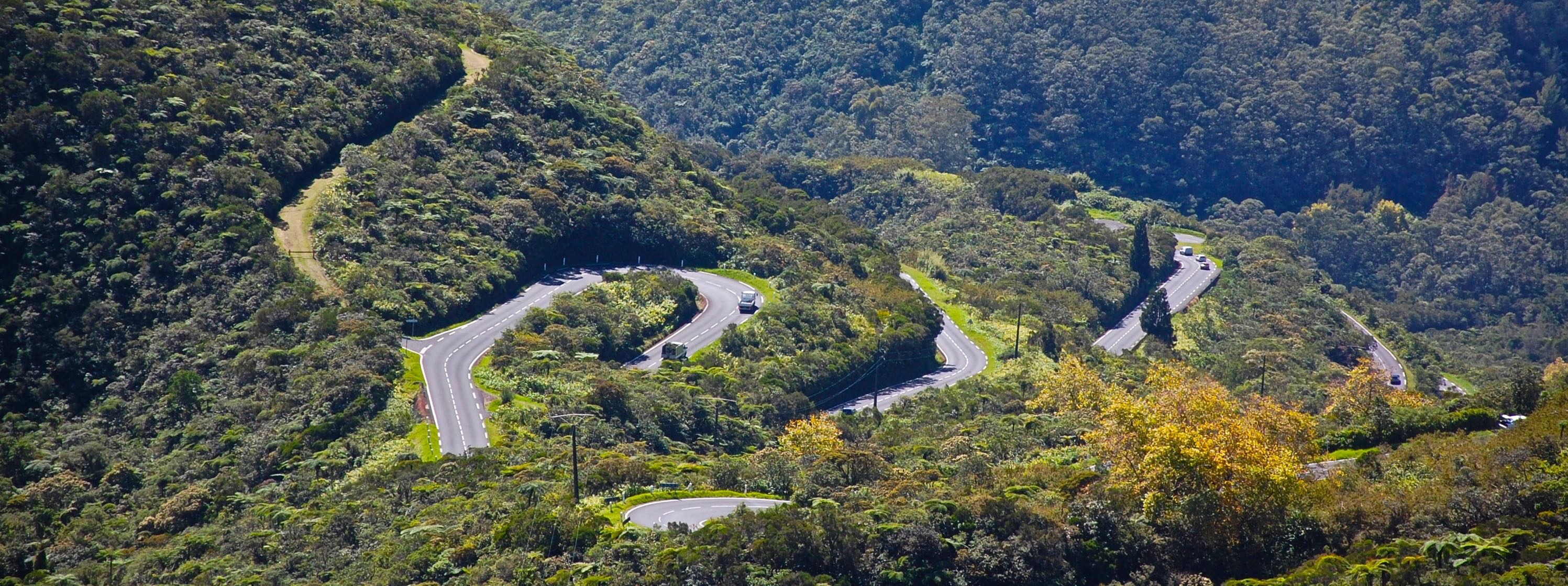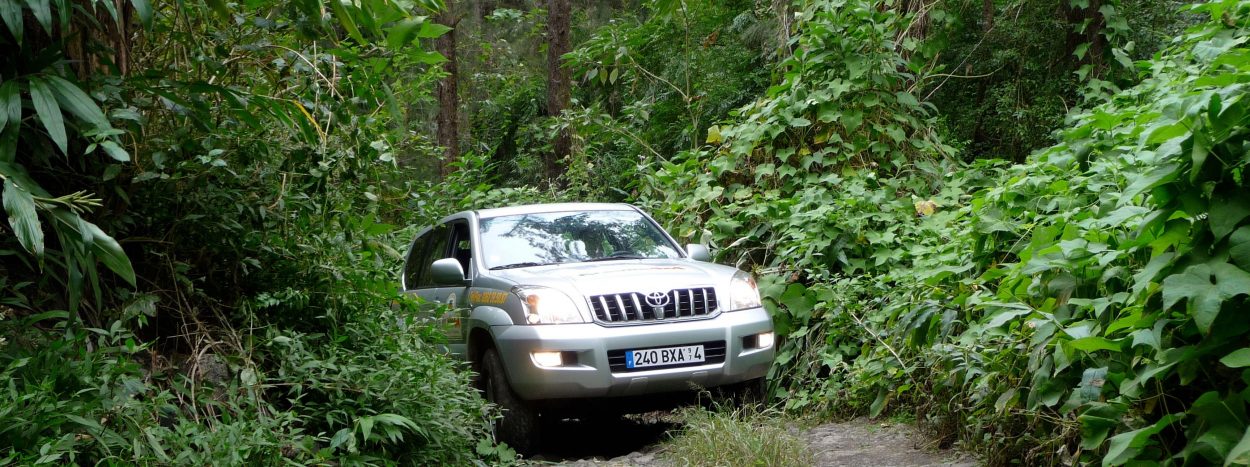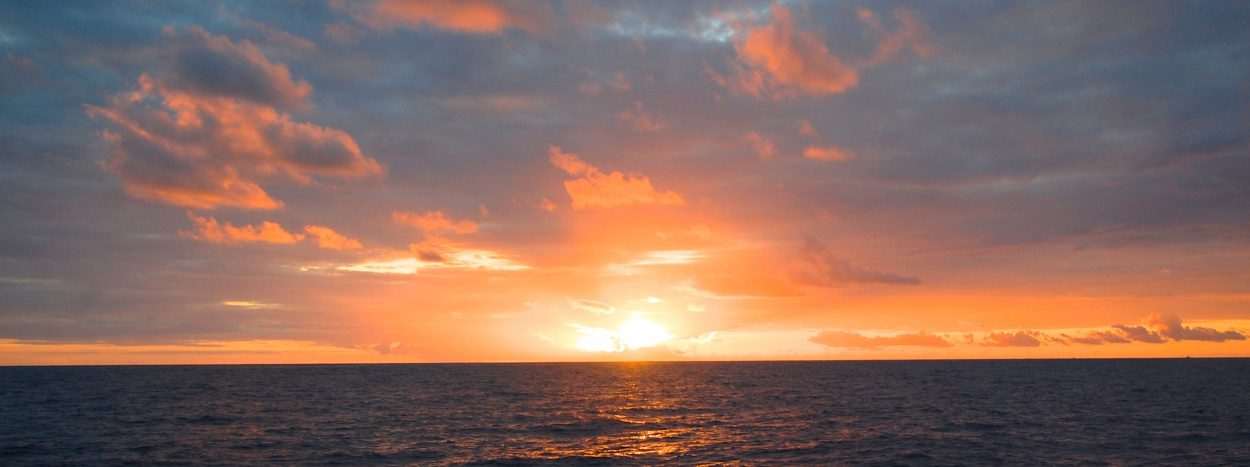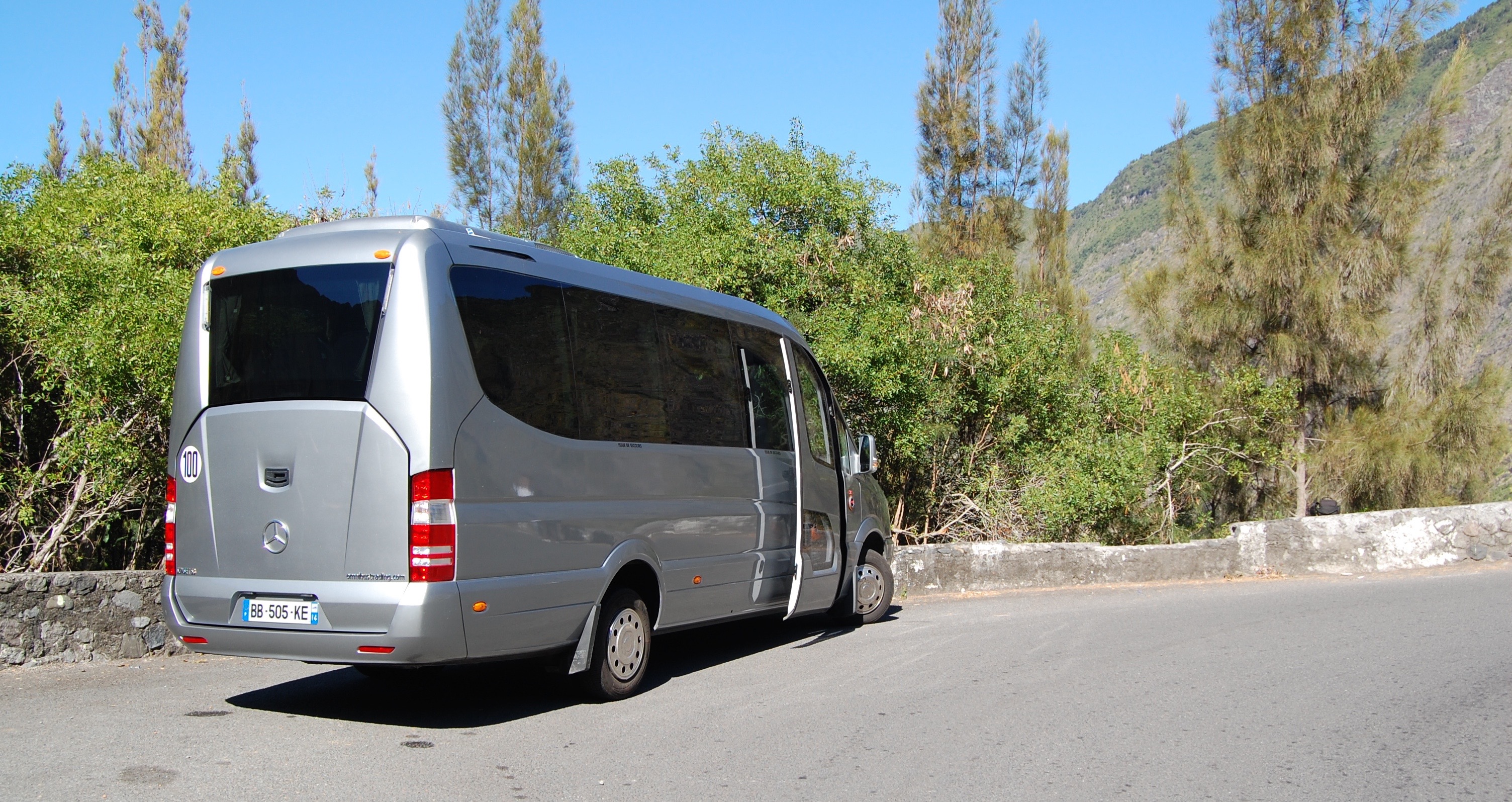Discovery Tours – Half Day-Trip
TERRE, ACTIVITIES-
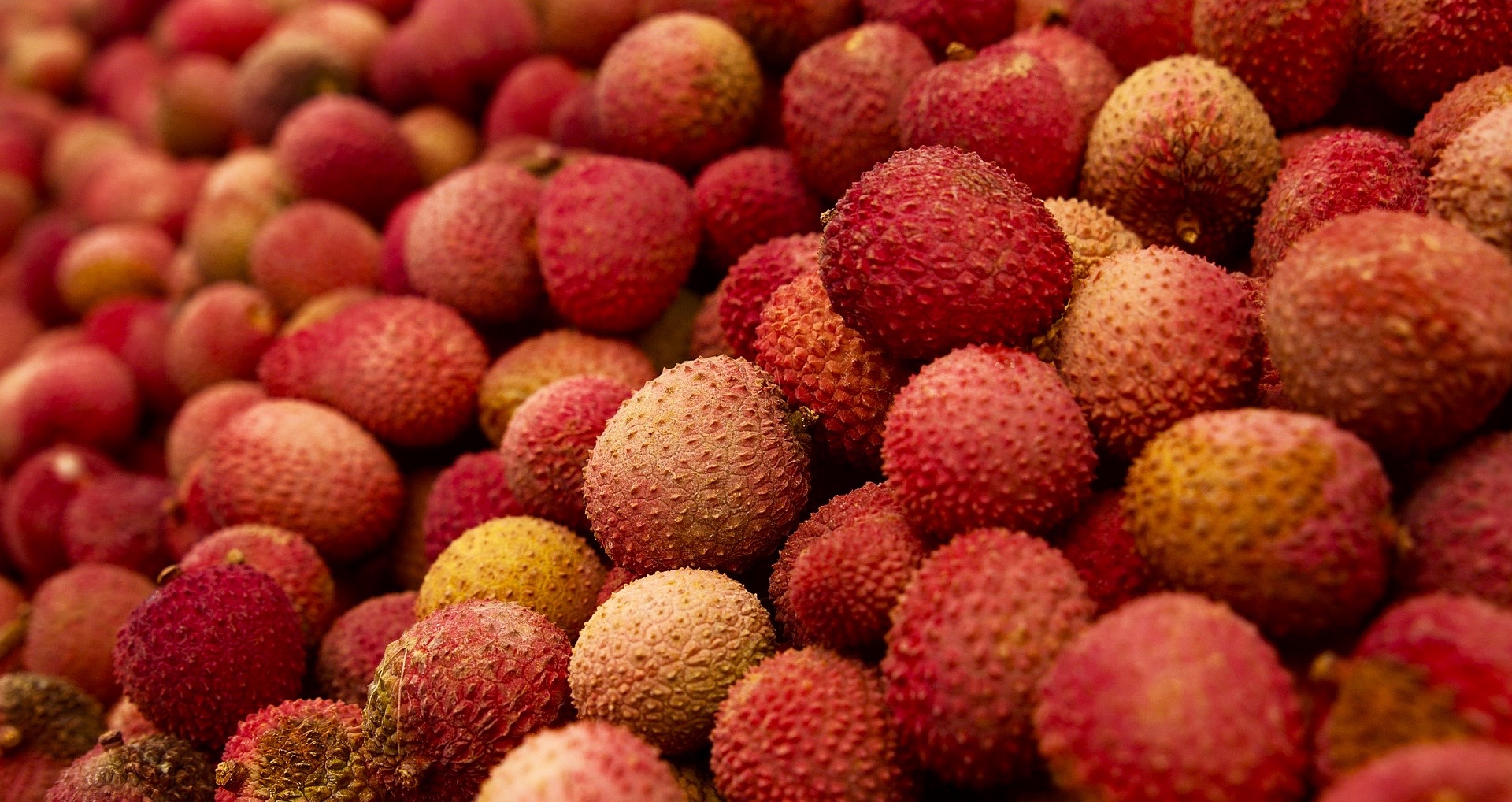 View LargeLETCHIS
View LargeLETCHIS -
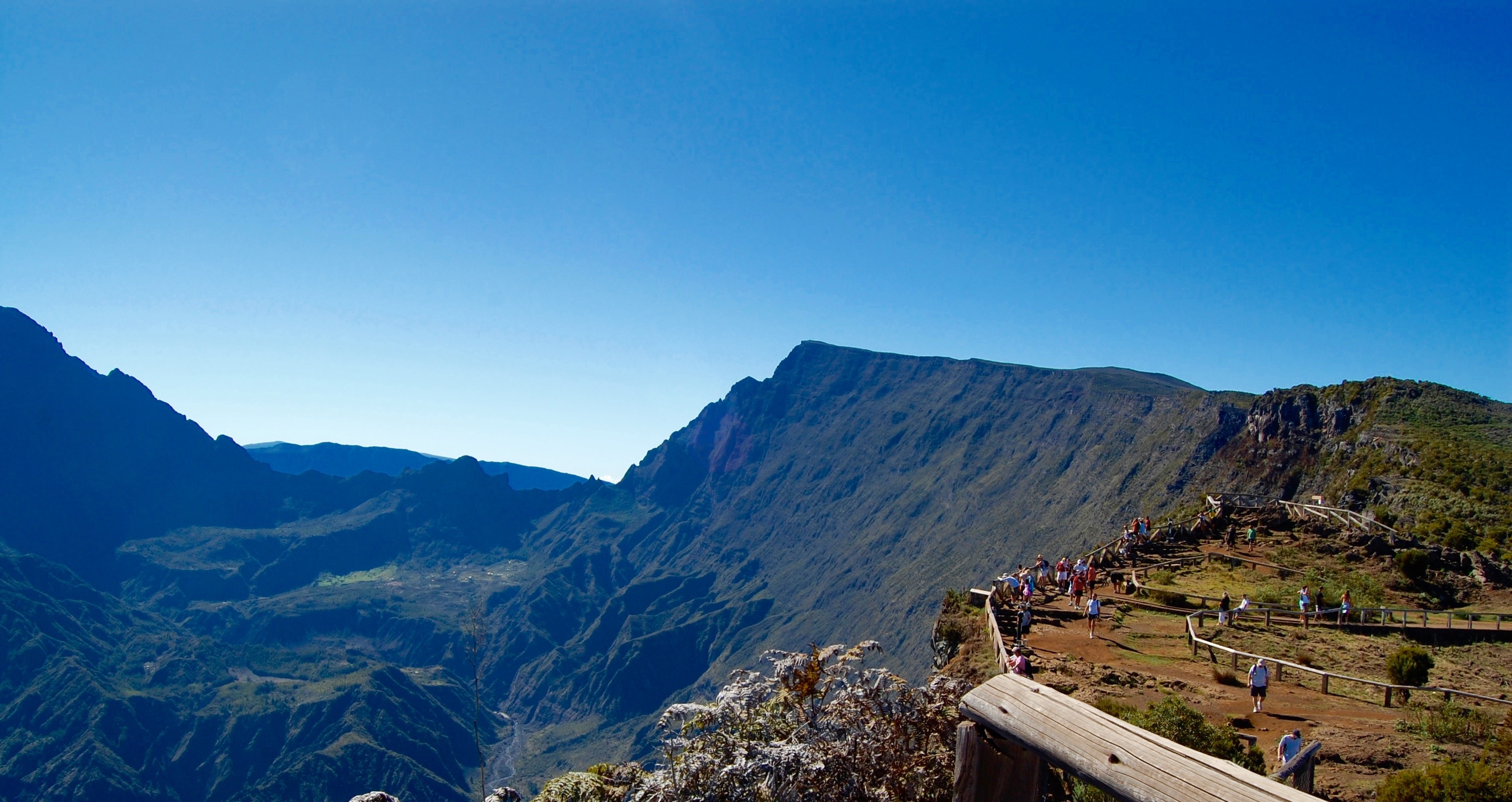 View LargeMAIDO
View LargeMAIDO -
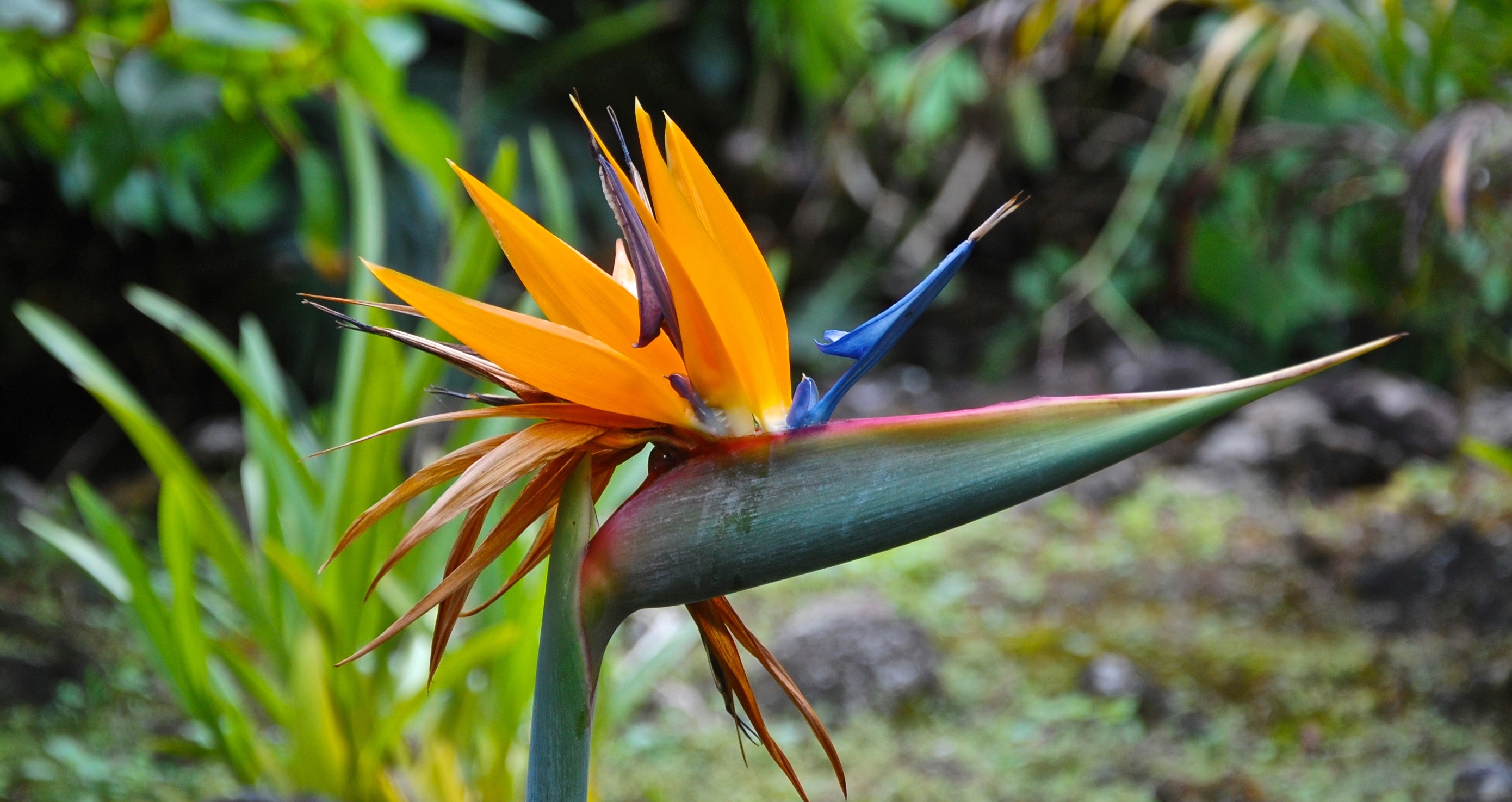 View LargeJARDIN BOTANIQUE
View LargeJARDIN BOTANIQUE -
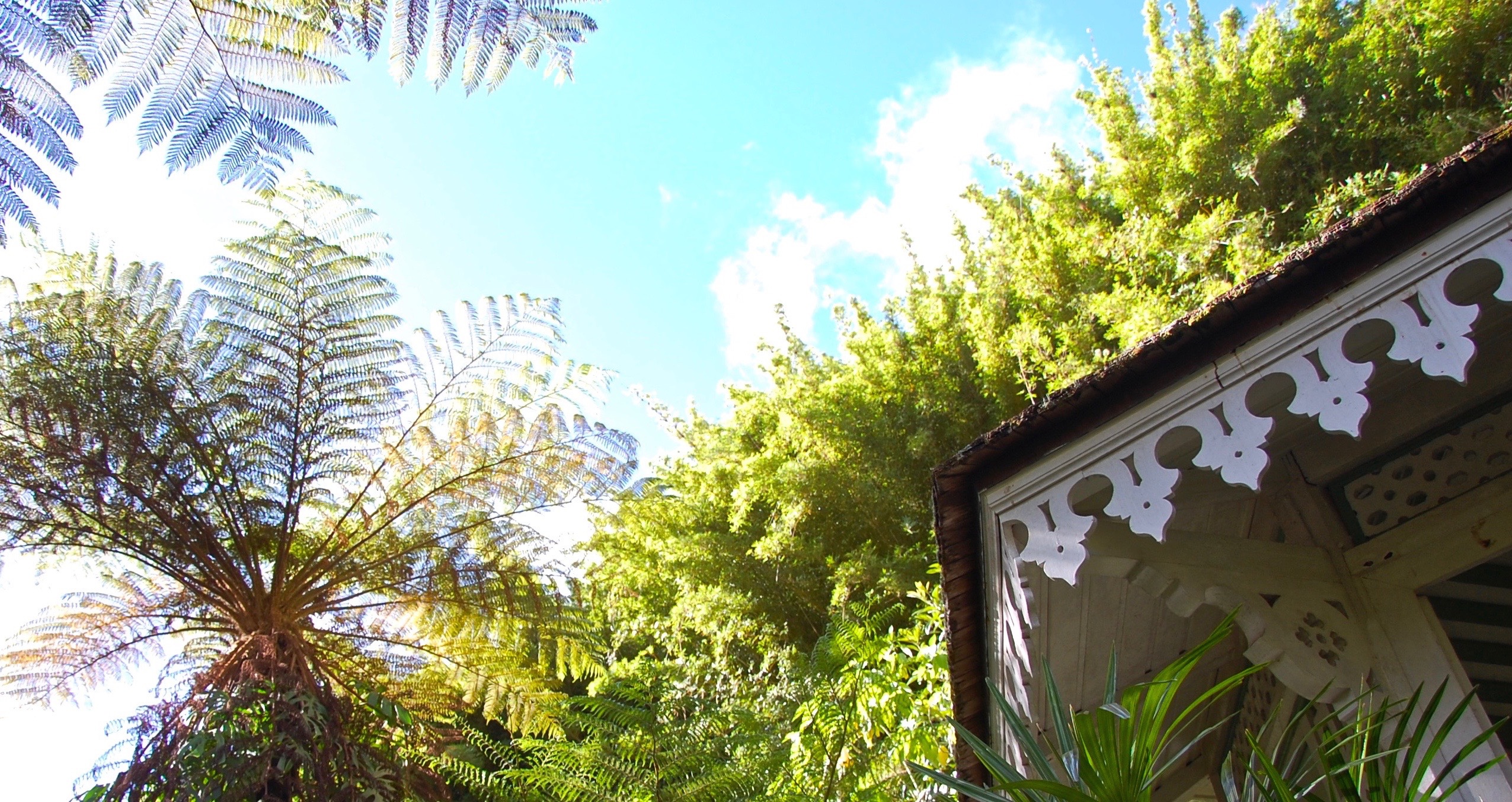 View LargeLAMBREQUIN
View LargeLAMBREQUIN -
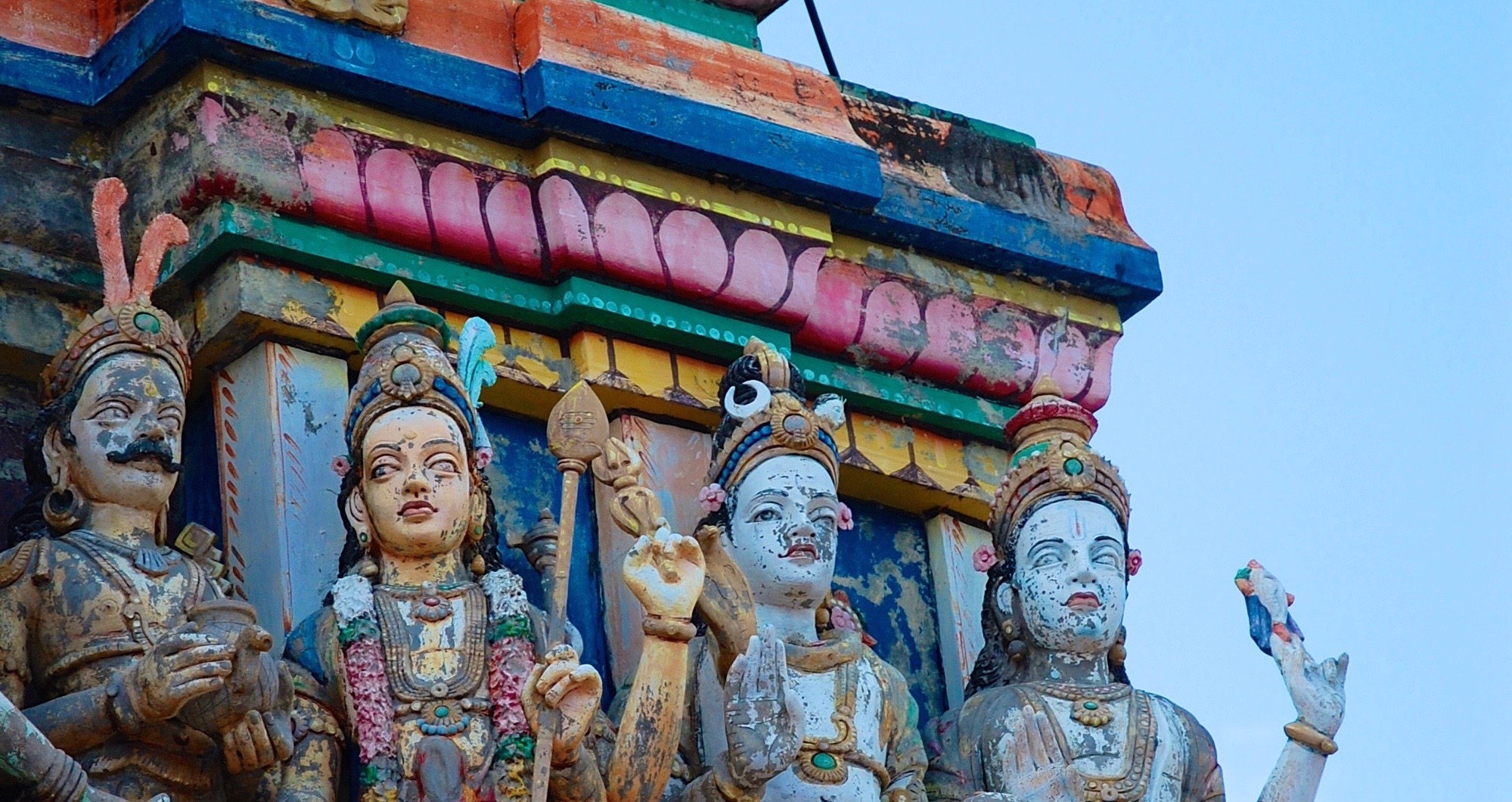 View LargeTEMPLE DE SAINT_DENIS
View LargeTEMPLE DE SAINT_DENIS -
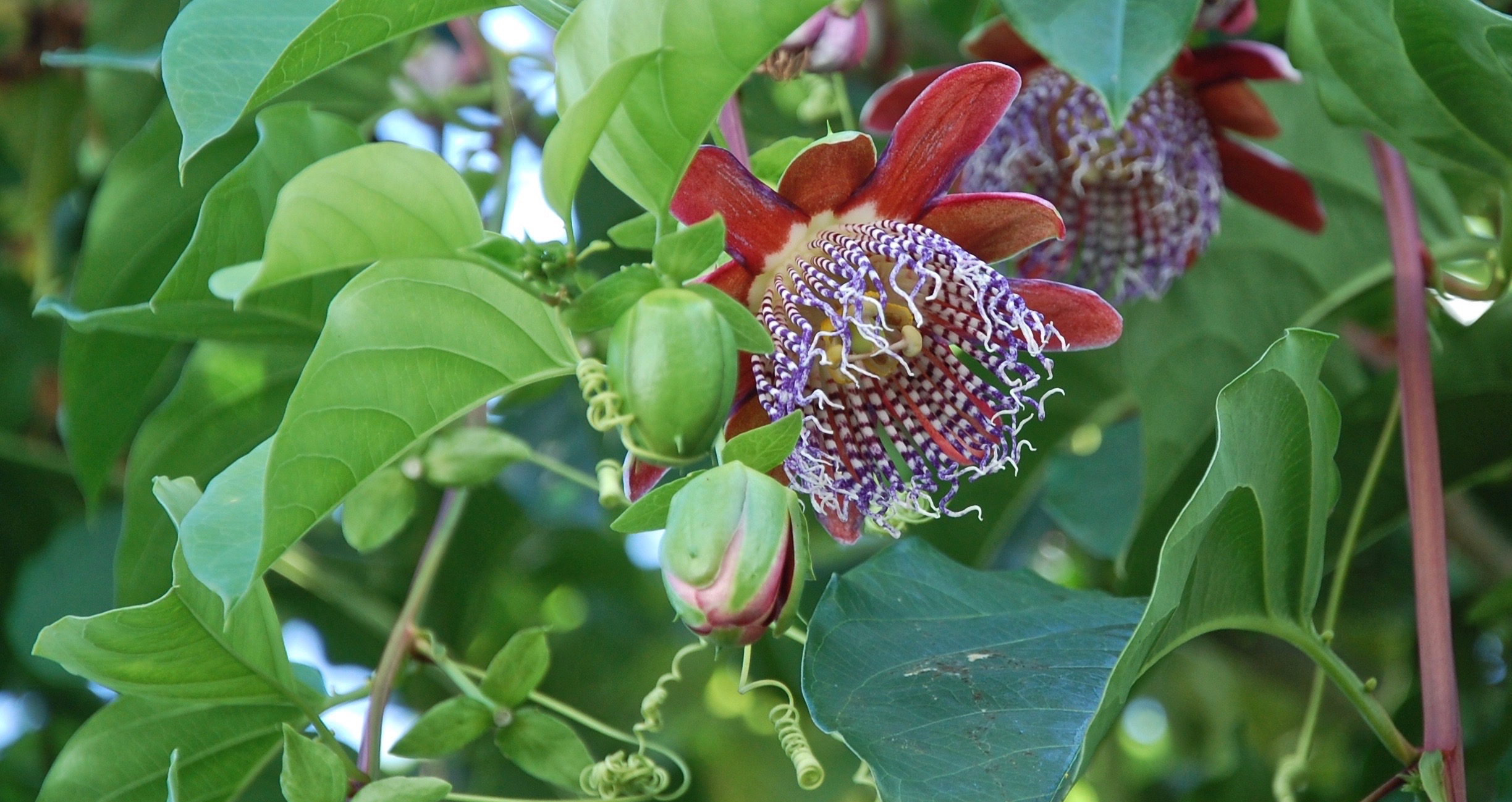 View LargeJARDIN BOTANIQUE
View LargeJARDIN BOTANIQUE -
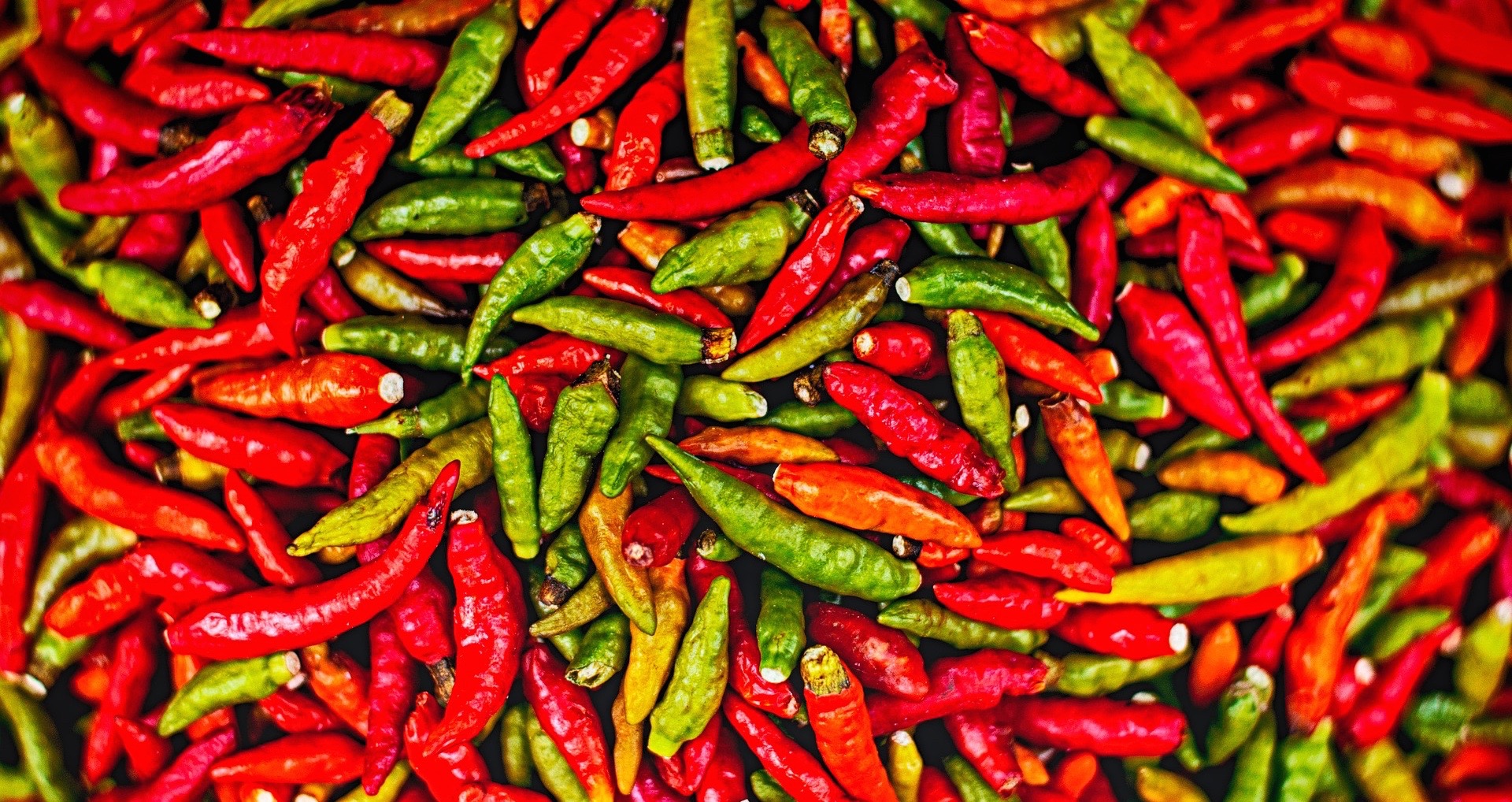 View LargePIMENT DU MARCHE
View LargePIMENT DU MARCHE -
 View LargeCAP NOIR
View LargeCAP NOIR -
 View LargeCAP NOIR
View LargeCAP NOIR
By coach.
An excursion with a local guide is for sure the best way to discover the island.
Departure early in the morning in direction to the North. After Saint-Paul, direction the Rocks River village and ascent to Dos D’Ane to reach the famous Black Cap.
A small path leads to the panoramic table. This lookout point offers a splendid view over Mafate Cirque and the Rocks River.
Mafate is the wildest cirque of the three that counts the island. It is also the less frequented though it does not mean that it’s the less interesting! And for a very good reason: Mafate, in spite of a surface area of 95 sq km is particularly cut off from the outside world! There’s no road to get in at all. It can only be reached on foot or by helicopter. Mafate is one of the finest places in Reunion.
In this very special world, time stands still, nature imposes itself, and people you come across all wear a smile on their face. In fact, nearly 800 people are living in a kind of complete isolation, in rudimentary conditions. Many poverty-stricken typical houses can be seen made with wood and straw roof.
Another point of interest is the wonder of its nature. It’s worth the trip! At every curve of the path (more than 100 km of signposted footpath), Mother Nature surprises the visitors, and the tortured relief is omnipresent. Mafate is a major attraction for mountain lovers. This amphitheatre is dominated by a tens summits over 2000m with incredible sheer cliffs. And that’s almost the case from the Black Cap viewpoint.
Return to your hotel towards the end of the morning.
Direction to the South of the island to reach the city of Saint-Leu without crossing it. In fact, the Conservatory is located in the highest part of St-Leu, with an excellent panorama over the entire bay.
The ancient Marquis de Châteauvieux estate dating back to the 19th century, with its land and beautiful Creole house, has been transformed in a research centre since several years. A mission has been entrusted to the Conservatory: to cultivate, to preserve and to study hundreds of vegetal unique species in the whole world. Some of which are medicinal, carnivorous but the majority is endemic or indigenous to Reunion and to Indian Ocean.
In 2000, its role and mission becomes much more important as the Department of the Environment recognized it by approval. Now the Conservatory is the 6th French one with an international scientific vocation. You’ll discover with a guide about 40 unique endangered endemic species of Reunion cultivated there and also the garden with “plants of yore”, the Creole orchard. You can also have a look at the exceptional collection of cactus plants… Return to your hotel towards the end of the morning.
07.00am Leaving for a picturesque drive to the lookout point of Piton Maïdo. It gives the opportunity to admire along the road the characteristic vegetation of the western upper reaches and of course the Cirque of Mafate from Maïdo lookout point. In one-hour driving time, you start from 0 to more than 2200m high crossing a multitude of enchanting landscapes! Savannah, mango plantation, sugar field, gully in bloom, Rosat geranium field, pasture land, primeval forest and at least the beauty of the higher summits of the island. It’s for sure one of the most spectacular Reunion lookout point.
Mafate is a huge collapse formed when the pockets of magma were emptying out during the numerous Piton des Neiges’s eruptions. There’s no road at all to get into Mafate. It can only be reached on foot or by helicopter. Mafate is a major attraction for mountain lovers. This amphitheatre is dominated by a tens summits over 2000m with incredible sheer cliffs. From the Maïdo Peak: a difference in level of 1000 metres for a bird’s eye panorama!
On the way back, you have a stop at “La Petite France” with its sweet climate and balmy air. There is an invitation atmosphere to dream. You discover the “firing” of geranium, a homemade activity carried out in copper stills. Geraniums leaves are distilled and its downs give fragrance oil. Then return to Saint-Gilles-les-Hauts for a visit of an old colonial estate, the “De Villèle Museum”. It spreads out on over a 10 ha exotic garden and offers the visit of the ground floor of the house, the Pointed Chapel, the slaves’ hospital and the old sugar mill. It used to belong to the well-known Mrs Desbassyns, a very important owner of lands and slaves.
Return to your hotel towards the end of the morning.
(Only on friday and saturday morning)
This weekly street market is certainly the most important, picturesque, colourful and lively one all over the island. It occurs on Saint-Paul seafront twice a week: on Fridays, the whole day and on Saturday mornings. Saint-Paul, on the West coast, not far from Saint-Gilles-les-Bains and its seaside hotels, is also famous for being the birthplace of the populating Reunion.
Walking through the market, you discover all the local products and those of the Indian Ocean zone: craft industry like Malagasy embroidery for example, florists and flower growers, herbalists, fishmongers, and street merchants selling tropical fruits, vegetables, and spices etc.
You would be completely out of your element strolling in between the welcoming stands, taking out from your small paper bags some local specialities: samosas, “bouchons”, stuffed peppers, pepper drops, prawn fritters, and all kind of “country cakes”.
Return to your hotel towards the end of the morning.
(Except on Sunday and bank holidays)
Baptized in 1665 by the first governor Etienne Régnault, the grid pattern of the “capital” has been there for 3 centuries. Saint-Denis knows a prodigious economic expansion thanks to the governor Mahé de la Bourbonnais, who decides in 1738 to build a port and decrees the city as the new capital instead of St-Paul. You discover “la Rue de Paris”, Ste-Catherine Cathedral and the ancient City Hall (19th century) completely renewed, and the Tamil temple. You finish the tour by visiting le Grand Marché, in Baltard-style, with artisans essentially from Madagascar (embroidered tablecloth, inlaid wood boxes, wicker works…).
